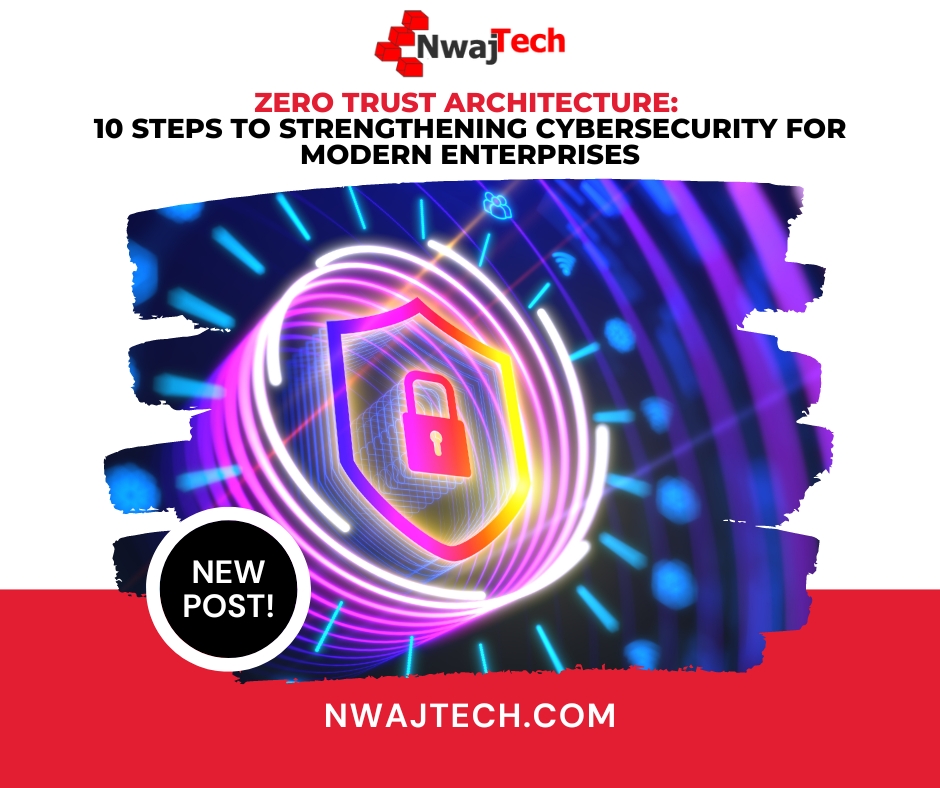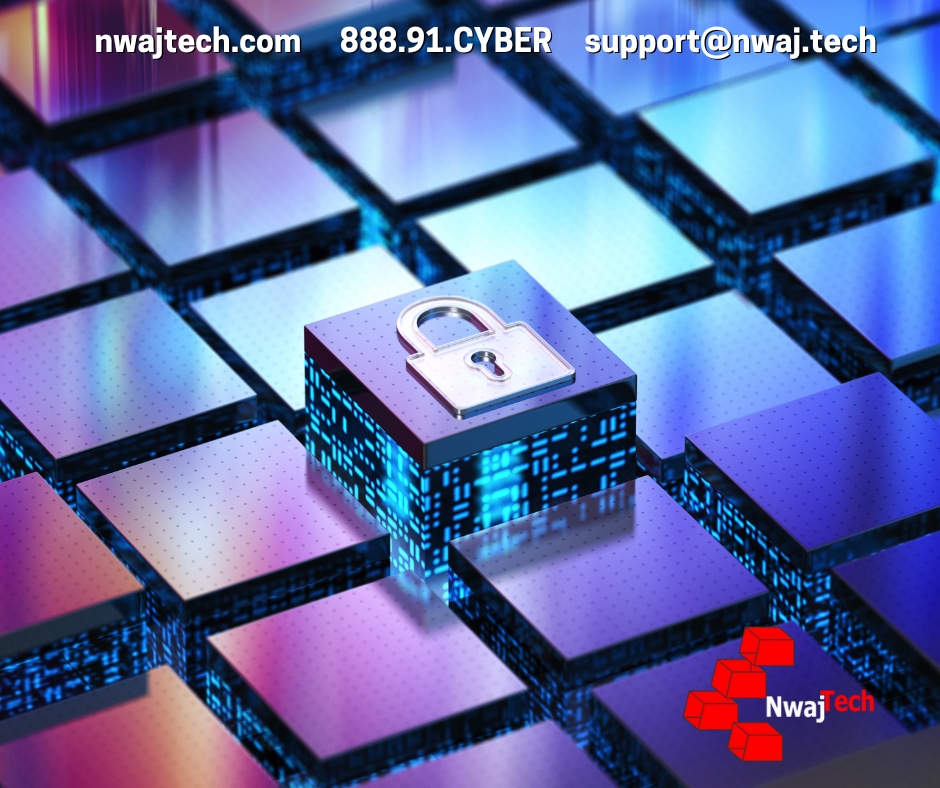
Understanding Zero Trust Architecture: A Comprehensive Guide
Traditional perimeter-based security models are proving inadequate against sophisticated cyber threats. As organizations embrace cloud computing, remote work, and mobile devices, the concept of “trust but verify” is no longer viable. Enter Zero Trust Architecture (ZTA), a security model that fundamentally shifts the approach to protecting resources by eliminating implicit trust and continuously verifying every access attempt.
What is Zero Trust Architecture?
Zero Trust Architecture (ZTA) is a security framework that assumes threats can originate from both inside and outside the network. Hence, no entity—whether a user, device, or application—is trusted by default. Every access request is thoroughly verified, regardless of origin, to ensure the security and integrity of the organization’s resources.
Key Principles of Zero Trust
- Verify Explicitly: Always authenticate and authorize based on all available data points, including user identity, device health, location, and the type of service or data being accessed.
- Use Least Privilege Access: Limit user access with Just-In-Time (JIT) and Just-Enough-Access (JEA) principles, ensuring that users only have the access they need to perform their tasks.
- Assume Breach: Minimize the impact of potential breaches by segmenting access and applying encryption. Continuously monitor and improve security posture.
Core Components of Zero Trust Architecture
- Identity and Access Management (IAM)
- Multi-Factor Authentication (MFA): Enhances security by requiring multiple forms of verification before granting access.
- Single Sign-On (SSO): Simplifies access management while maintaining security controls across different applications.
- Network Segmentation
- Micro-Segmentation: Divides the network into smaller, isolated segments to limit lateral movement of attackers.
- Software-Defined Perimeter (SDP): Creates dynamically adjustable boundaries based on user identity and context.
- Endpoint Security
- Endpoint Detection and Response (EDR): Provides real-time monitoring and response capabilities for endpoint devices.
- Mobile Device Management (MDM): Manages and secures mobile devices accessing the network.
- Data Protection
- Data Loss Prevention (DLP): Monitors and controls the movement of sensitive data within the network.
- Encryption: Protects data at rest and in transit to ensure confidentiality and integrity.
- Continuous Monitoring and Analytics
- Security Information and Event Management (SIEM): Collects and analyzes security data to detect and respond to threats.
- User and Entity Behavior Analytics (UEBA): Identifies unusual behavior that may indicate a security threat.
 Implementing Zero Trust at Nwaj Tech
Implementing Zero Trust at Nwaj Tech
Step 1: Assess and Identify Critical Assets
- Conduct a thorough assessment to identify critical assets, data, and applications that require protection.
Step 2: Define the Protect Surface
- Determine the minimal set of resources (data, applications, assets, and services) that need the highest level of protection.
Step 3: Map Transaction Flows
- Understand how data flows across your network to identify potential security gaps and enforce policies effectively.
Step 4: Architect a Zero Trust Network
- Implement micro-segmentation, enforce least privilege access, and ensure all traffic is authenticated, authorized, and encrypted.
Step 5: Create and Enforce Policies
- Develop granular security policies based on user roles, device types, and sensitivity of the data being accessed.
Step 6: Continuously Monitor and Improve
- Use SIEM, UEBA, and other monitoring tools to continuously analyze and improve your security posture.
Benefits of Zero Trust for Nwaj Tech
- Enhanced Security: Reduces the risk of data breaches by verifying all access requests thoroughly.
- Reduced Attack Surface: Limits the potential impact of an attack by isolating critical resources and enforcing strict access controls.
- Improved Compliance: Helps meet regulatory requirements by implementing robust security measures and continuous monitoring.
- Increased Agility: Supports cloud adoption and remote work by providing secure access to resources from anywhere.
Conclusion
Adopting Zero Trust Architecture is essential for organizations like Nwaj Tech to protect their digital assets in an increasingly complex threat landscape. By implementing the principles and components of Zero Trust, Nwaj Tech can ensure that its resources are secure, access is controlled, and threats are mitigated effectively.
Contact us today for more information on how Nwaj Tech can help implement Zero Trust Architecture in your organization.
